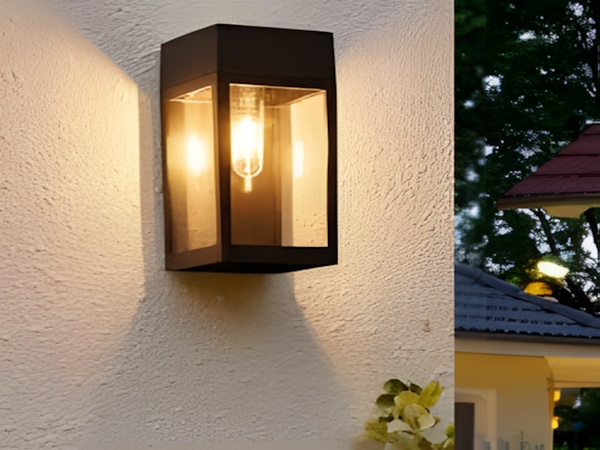

Nowadays, solar street lights are widely used in modern urban and rural construction. A complete solar street light system consists of solar panels, light sources, batteries, controllers, light poles, and protective wiring. Since solar street lights operate in outdoor environments, they can encounter many unforeseen faults. What are the common faults of solar street lights? Here, we will introduce some of them.
1. The entire solar street light does not turn on.
Solar street lights are used for outdoor lighting and typically face high temperatures, heavy rainfall, and low temperatures. The controller is usually installed inside the light pole, which can easily lead to water ingress and short circuits in the controller. First, check if there are any issues with the wiring terminals of the controller. If the controller is damaged, check whether the solar panels have voltage and current output under normal working conditions. If there is no output, the solar panels need to be replaced.
2. The light source of the solar street light does not fully illuminate.

First, check the quality of the LED light source and whether there is any loose connection in the light beads. If issues are found, replace them. If not, it may be due to insufficient sunlight at the installation location or unreasonable overall configuration of the lighting fixtures.
3. Short lighting duration.
If there is continuous overcast weather for a short duration, it is usually caused by a decline in the battery’s storage capacity leading to insufficient power. Replacing the battery can solve the problem.
4. Flickering light head.
This situation may be due to poor line contact or battery drain with significantly reduced storage capacity. If none of these issues are present, then the battery may be faulty and needs to be replaced.
This concludes our introduction to the common faults of solar street lights. Overall, solar street lights not only have a longer lifespan than traditional street lights, but also incur fewer maintenance costs. The investment in solar street lights is significantly lower than that in regular street lights, and their fault occurrence rate is low, making them indeed energy-saving and convenient.



